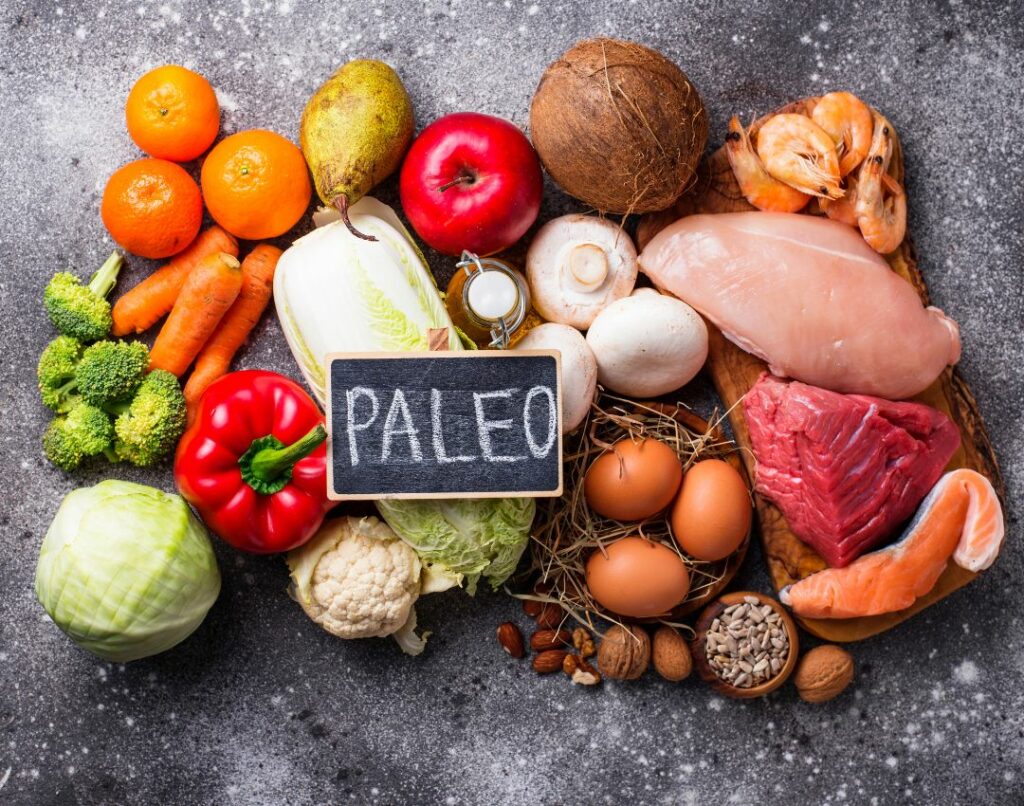Bread has been a staple food for centuries, a symbol of community and sharing in many cultures. The Last Supper in particular is an iconic representation of community, cohesion and solidarity - and nowhere is this more evident than in the bread Jesus shared with his disciples.

In recent years, spelt bread has received more and more attention as an alternative to conventional wheat bread. Spelt is an ancient grain that has been cultivated for thousands of years. However, although it belongs to the wheat family, it is clearly distinguishable from wheat. Spelt is "wilder" and more original than modern wheat. This is because the latter has been modified through breeding to optimally fit the demands of food production. Spelt has also been modified through breeding, but not yet as much as the economically intensively used bread wheat. Spelt, like einkorn and emmer, is therefore considered a so-called original grain.
5 reasons why we should eat more spelt:
- Better tolerated: Despite its high gluten content, spelt is better tolerated than wheat. Because not all gluten is the same: The composition of the protein differs from grain to grain. Many people who are allergic to the gluten in wheat tolerate foods made from spelt much better. However, this does not apply to people who have coeliac disease.
- Higher protein content: Among the cereals, spelt has a comparatively high protein content. Even more so when germinated. At www.bleibwacker.com you will find numerous germinated products as well as our Sprouted Organic Spelt Bread Mixwith which baking bread is guaranteed to be child's play! By the way, the following are also suitable our spreads 🙂 Proteins are found in every cell of the body and provide important building material for muscles, organs and blood. But they also serve as a source of energy and immune defence. That is why spelt is so popular with athletes.

- Spelt makes you happy: Spelt provides B vitamins, which play an important role especially in nerve metabolism. In addition to the B vitamins, the important vitamins B1, B2, B3 and B6 are also abundant. Spelt contains the amino acid tryptophan, which is significantly involved in the production of the happiness hormone serotonin, which is known to influence our feeling of happiness.
- Spelt makes you beautiful: In addition to the nutrients already mentioned, spelt also contains silicic acid (silicon). Silicic acid is the substance that strengthens hair and nails, makes beautiful skin and firm connective tissue and has a positive effect on thinking ability and concentration.
- Good for the environment: unlike wheat, spelt does not need any artificial fertiliser to grow and can largely ward off pests naturally. It is a so-called spelt grain. This means that it has an extra husk around its grain and is therefore better protected from environmental influences than wheat grains. As a result, it is also less contaminated with pollutants. However, since this coating has to be removed during the processing, it is more time-consuming than with wheat. This is why spelt products are often somewhat more expensive in comparison.
Good to know
Do you always forget what the type number (e.g. type 1050) on flour packets stands for? It indicates the mineral content: The higher the number, the greater the proportion of whole spelt grain and thus the more minerals it contains. For wholemeal spelt flour, the entire grain is ground into flour. Now you know again 🙂
Sources: The technicians, NDR, Scientific Reports, Utopia





Why don't you give nutritional values/kcal in your recipes?
I would find that very helpful.
Hello dear Heike,
Thank you very much for your comment and your suggestion.
We'll be happy to take this on board and think about how it could be implemented for all recipes 🙂
Many greetings
Fabienne